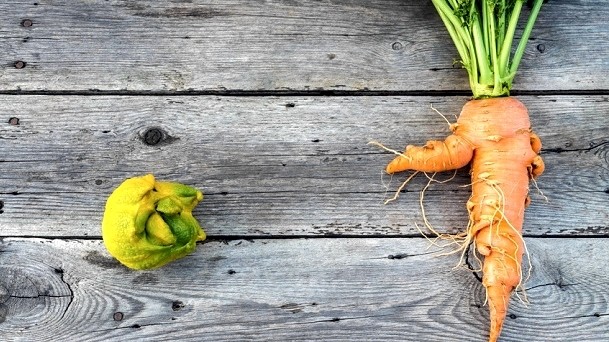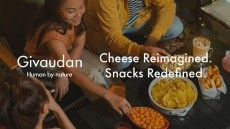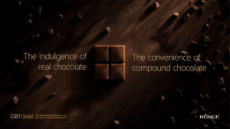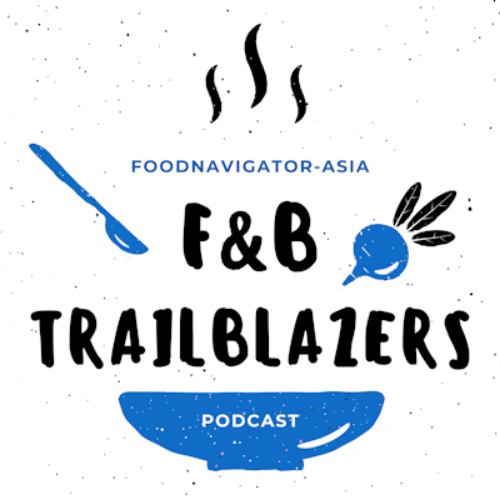Food Vision Asia 2017
3. Good stewardship
According to Mintel, around 75% of consumers believe that homemade food is healthier than “industrial prepared food”.
“If we could somehow change the actuality of that and the perception, we could have a lot of foods that are healthier for the consumer but still convenient,” says Cheatham.
Prominent in the megatrend is protein with a low feed-conversion ratio, such as salmon, crickets and mealworms, relative to pork and beef. “That’s not to say that traditional meat should be banned; rather we need to think about where we can get our quality protein calories,” she adds.
The clean label trend can mean many things to many markets, as shown by data from Mintel. The researcher has identified some regional variability in this regard, though a tendency away from monosodium glutamate has been found to be the biggest clean-label trend. Likewise, global consumers generally favour a reduction in artificial ingredients such as preservatives, flavours, colours.
“People want that stuff out of their food. They want their products as wholesome and natural as they can possibly be, with the least amount of artificiality,” Cheatham adds.
France, where it is illegal for stores to toss out unsold food, is leading the way with the “ugly produce” phenomenon. Instead of allowing fruit and vegetables to go to waste, retailers now often resell expired produce through other pipelines for processing.
“You have to think about it in a holistic way, from root to stem,” Cheatham says. “Not just using the ugly produce but the whole element of the fruit or vegetable. The global consumer really does want clean label. It might vary by region, but on the whole it is a big deal.”
Examples of reprocessed produce include a British product, Snact, a chew made from ugly and unwanted fruit from farmers. Regrained, from America, turns leftover materials from beer-making into granola bars. “People hear the word beer and wonder what that’s all about,” Cheatham says.
And in the insect space, a number of start-ups have begun selling products made from cricket flour, which takes the “yuck factor” out of being able to see the bug a consumer is about to eat.





















